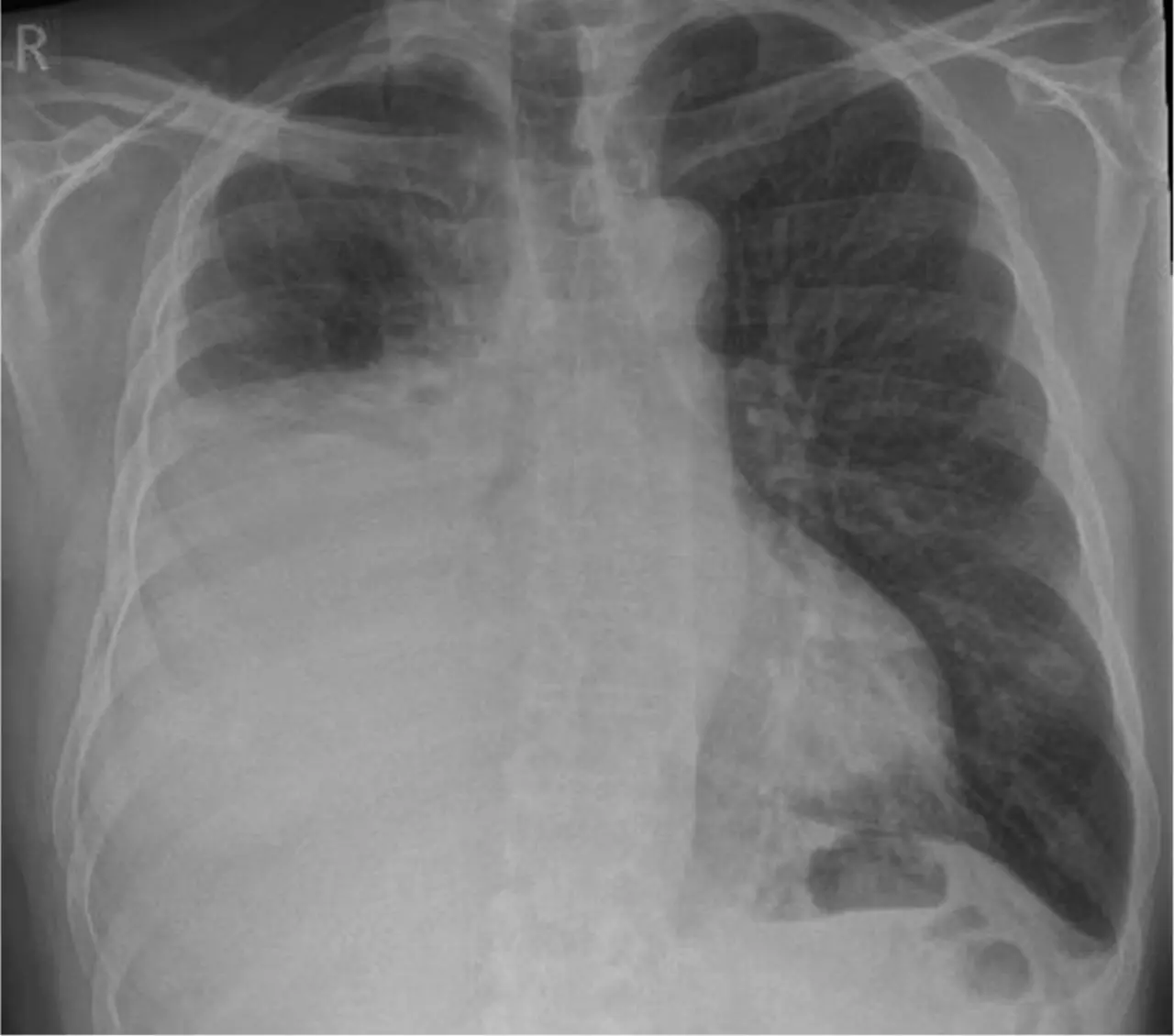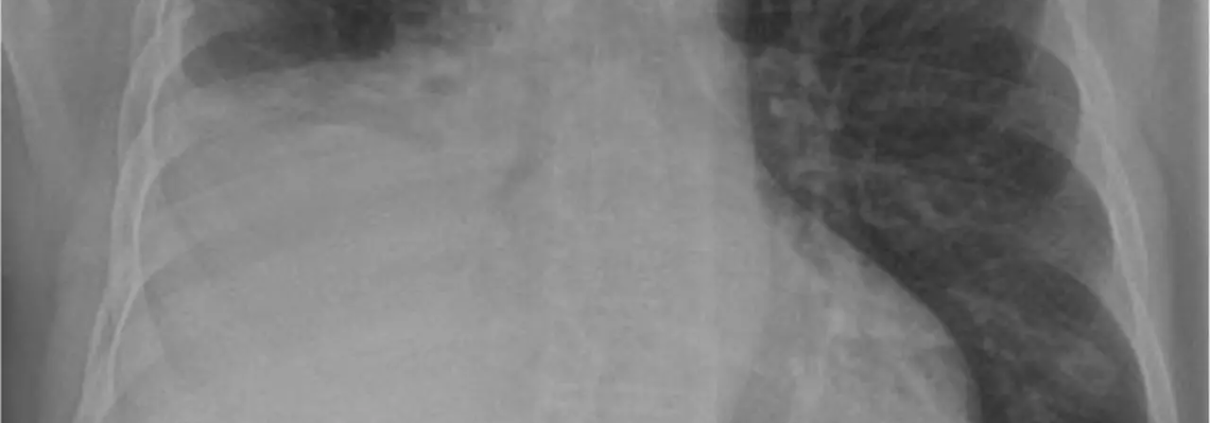Pleural effusion in HF patients indicates poor QoL and worse outcomes: Study

Researchers have established that pleural effusion (PE), which is a common complication of acute decompensated heart failure (ADHF), severely impacts the quality of life (QOL) in patients. Fluid accumulation in the lungs is often observed among ADHF patients, also known as pleural effusion. A recently published study was conducted at a university hospital in Mexico, investigating the relationship between PE diagnosed by thoracic ultrasound and the QOL of patients with a reduced ejection fraction. The study was conducted by Rendon-Ramirez and colleagues and was published in the journal Heart & Lung.
This was a prospective, longitudinal study with patients admitted for ADHF and low ejection fraction. The diagnosis of PE was assessed with TUS within 48 hours after admission. QoL of the patients was measured according to the MLHFQ. The patients were of an average age of 51.24 years (±16.942 years), and 30 males and 10 females participated. The participants were divided into two groups based on the presence of PE: those with PE (n=25, 62.5%) and those without (n=15, 37.5%).
-
The study found that the presence of PE was associated with much lower scores on QoL. The patients with PE had an MLHFQ score of around 40, significantly more than the average score of 12 patients who were without PE, meaning the severity of QoL was reduced greatly (p < 0.001).
-
Volume pleural fluid had correlation with lower QoL scores. Patients who have larger PEs as diagnosed by having more intercostal spaces, the QoL of patients was poorer (p < 0.001).
The presence of pleural effusion in patients with acute decompensated heart failure and a reduced ejection fraction is highly associated with a reduced quality of life. This study supports the potential benefits of early identification and management of PE as part of a comprehensive heart failure care plan. By addressing this condition, healthcare providers could help alleviate some of the QoL burdens on heart failure patients.
Reference:



